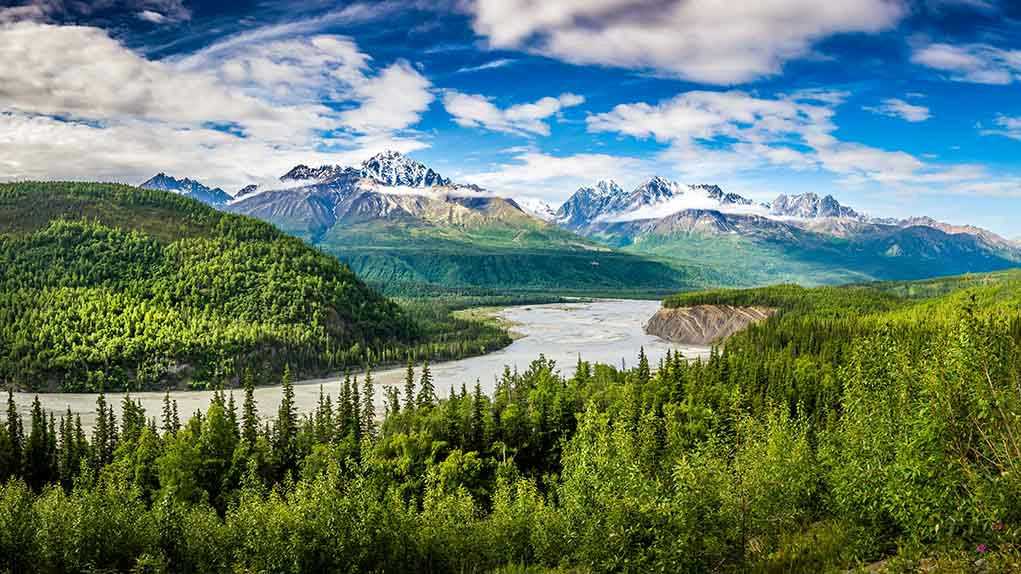
Organized criminal cartels invaded one of America’s most cherished national parks, leaving behind toxins, firearms, and environmental devastation—exposing the alarming consequences of lax border security and failed drug policy.
Story Snapshot
- Thousands of illegal marijuana plants and 2,000 pounds of hazardous debris were removed from Sequoia National Park, revealing severe environmental damage.
- Drug-trafficking organizations exploited federal land, using banned toxic chemicals and leaving firearms and evidence of poaching behind.
- Cleanup was delayed for months due to the presence of highly dangerous pesticides, highlighting the risks to park staff, wildlife, and visitors.
- Despite California’s legalization, black-market operations thrive on federal lands, exposing critical enforcement gaps and ongoing threats to national treasures.
Criminal Cartels Target Sequoia: Massive Drug Operation Uncovered
In August 2025, National Park Service rangers, aided by Bureau of Land Management agents, dismantled a sprawling illegal marijuana cultivation site inside California’s Sequoia National Park. Authorities seized 2,377 mature marijuana plants and nearly a ton of trash scattered across 13 acres of protected land. The site’s remoteness, coupled with the sophistication of its operators, underscores how organized drug-trafficking groups use federal lands to evade detection, often outmaneuvering limited law enforcement resources. The operation’s sheer scale highlights the ongoing threat these criminal enterprises pose to America’s natural heritage and public safety.
Rangers encountered a makeshift camp, a semi-automatic pistol, and evidence of poaching while clearing the site. The perpetrators diverted water, razed native vegetation, and left behind hazardous materials and infrastructure. Most alarming, cleanup was delayed for months due to the presence of methamidophos—a highly toxic, banned insecticide capable of poisoning soil, waterways, and wildlife. Such chemicals not only endanger endangered species and park ecosystems, but also pose grave health risks to cleanup crews and the American public, further compounding environmental and constitutional concerns.
Legalization’s Failure: Black Market Grows Persist on Federal Land
Despite California’s legalization of recreational marijuana in 2016, black-market cultivation has not abated—especially on federal property, where growing remains illegal. Drug-trafficking organizations, motivated by profit and emboldened by enforcement loopholes, have increasingly targeted national parks and forests for large-scale illegal grows. Over the past two decades, authorities have eradicated nearly 300,000 marijuana plants, valued at $850 million, from Sequoia and Kings Canyon National Parks alone. These recurring operations reveal that legalization, coupled with limited federal enforcement, has failed to secure America’s parks from criminal exploitation and environmental sabotage.
Sequoia National Park, a UNESCO biosphere reserve, is home to ancient trees and endangered wildlife. Its rugged, isolated terrain makes it ideal for illicit activity, as law enforcement faces significant access and resource challenges. The discovery of firearms and evidence of poaching underscores the violent, lawless nature of these operations and the danger posed to both park staff and visitors. Organized crime’s continued presence in these sacred spaces is a direct affront to American values—threatening not only environmental integrity, but also the foundational principle of the rule of law.
Environmental and Social Fallout: Who Pays the Price?
The immediate removal of toxins and restoration efforts are essential to prevent further ecological harm. However, the long-term effects of banned pesticides like methamidophos can persist for years, jeopardizing biodiversity, water sources, and the health of entire ecosystems. Local communities, dependent on tourism and environmental health, bear the brunt of these crimes. Law enforcement and park staff, exposed to hazardous chemicals and armed criminals, are left to shoulder the risks and costs of cleanup and restoration. The economic burden is immense, and the social cost—public safety, environmental loss, community trust—is incalculable.
MAKE NATIONAL PARKS BEAUTIFUL AGAIN.
Thousands of illegal hidden marijuana plants removed from national park along with gun, dangerous chemicals https://t.co/GOM0W9d261— POOKIE FOR TRUMP 👀 (@geo58086125) August 25, 2025
Experts warn that unless federal and state authorities strengthen enforcement, improve cross-agency coordination, and allocate more resources, these criminal incursions will continue. Some call for policy reform, but the evidence is clear: current approaches leave America’s parks—and the public—vulnerable to organized criminal activity, environmental destruction, and erosion of law and order. This case stands as a stark reminder that securing our borders, enforcing existing laws, and protecting public lands are not abstract ideals—they are urgent necessities to defend American values and preserve our national treasures.
Sources:
LA Times: Massive marijuana grow using toxic chemicals busted in Sequoia National Park
CBS News: California Sequoia National Park illegal marijuana cultivation site
National Park Service: Rangers remove illegal marijuana cultivation site from Sequoia National Park











